When your child suffers an ACL injury, it can feel overwhelming. You’re likely thinking about surgery, school, social life, and …
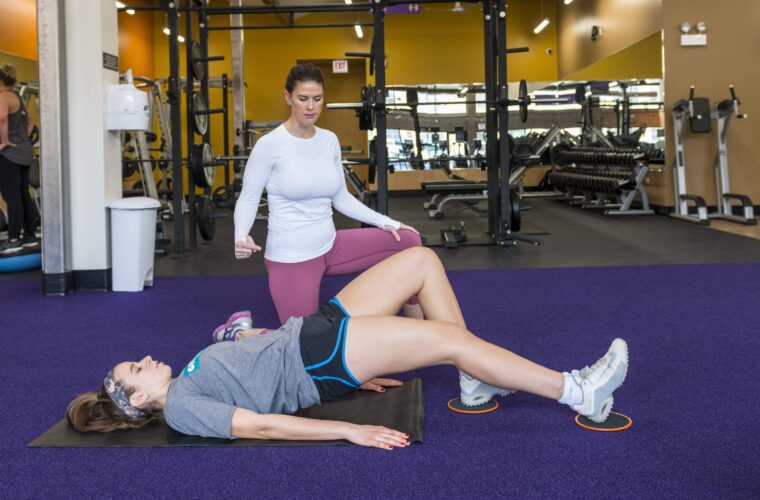

When your child suffers an ACL injury, it can feel overwhelming. You’re likely thinking about surgery, school, social life, and …
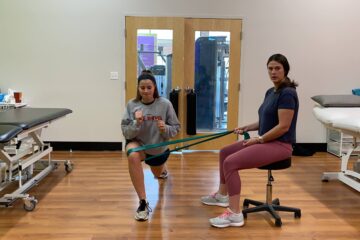
ACL recovery isn’t just about getting through physical therapy—it’s about getting back to sport, safely and confidently. But not all …
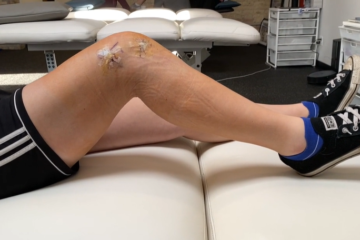
If you’re recovering from an injury or dealing with chronic pain, stepping back into movement can feel overwhelming. Previously, we …
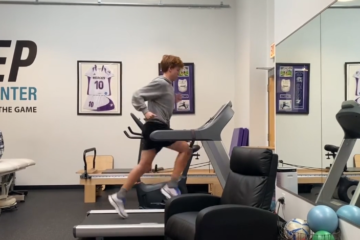
Whether you’re an elite athlete or a weekend warrior, optimizing your running mechanics can lead to better performance, reduced injury …
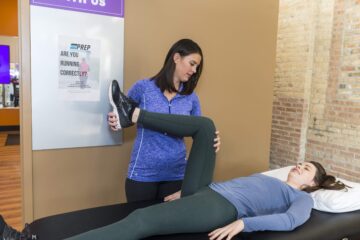
A physical therapy plan for shin splints (medial tibial stress syndrome) focuses on reducing pain, promoting healing, and preventing recurrence. …
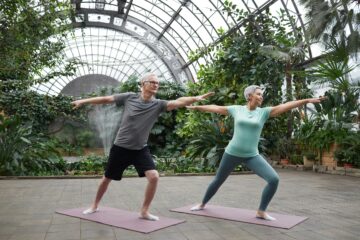
Whether you’re preparing for a workout, recovering from an injury, or simply looking to improve your overall flexibility, this warm-up …
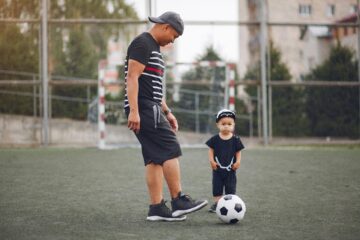
As parents of young athletes, we know how passionate our children can be about sports, but we also understand the …

ACL injuries are devastating for young athletes, affecting not just their physical ability but their mental and emotional well-being as …

When a young athlete faces a season-ending injury, it’s heartbreaking not only for them but also for their family. For …

In sports, injuries are inevitable, and for some athletes, a season-ending injury can feel like their world is crashing down. …

As a youth sports coach, you’re not just helping athletes develop their physical skills and strategies on the field; you’re …